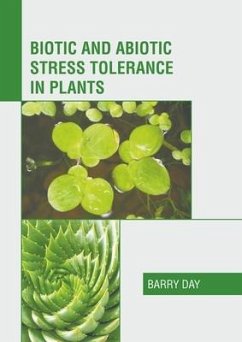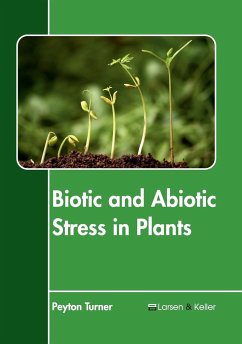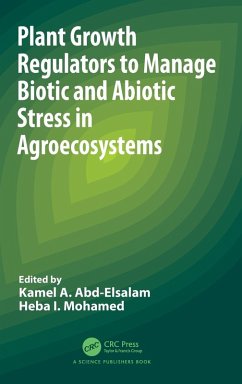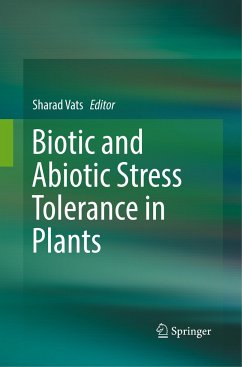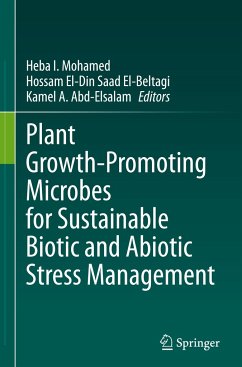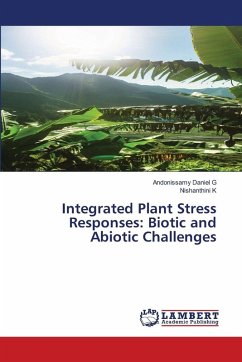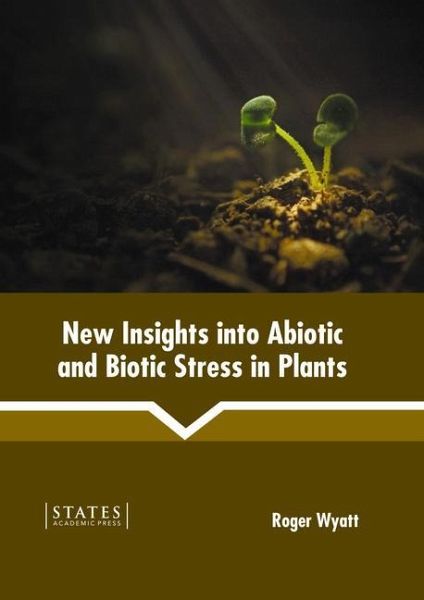
New Insights Into Abiotic and Biotic Stress in Plants
Versandkostenfrei!
Versandfertig in über 4 Wochen
137,99 €
inkl. MwSt.

PAYBACK Punkte
69 °P sammeln!
The immobility of plants forces them to endure and adapt to a variety of environmental stresses. These stresses are categorized into biotic and abiotic stresses. Biotic stresses are caused by living organisms such as nematodes, bacteria, fungi, weeds and arachnids. They exhibit a parasitic behavior and deprive plants of their nutrients. Abiotic stresses include desertification, soil salination, scarcity of water and extreme weather. Some of the common adaptive measures employed by plants include increased reactive oxygen scavenging activity, reduced photosynthesis, stomatal closure, increased ...
The immobility of plants forces them to endure and adapt to a variety of environmental stresses. These stresses are categorized into biotic and abiotic stresses. Biotic stresses are caused by living organisms such as nematodes, bacteria, fungi, weeds and arachnids. They exhibit a parasitic behavior and deprive plants of their nutrients. Abiotic stresses include desertification, soil salination, scarcity of water and extreme weather. Some of the common adaptive measures employed by plants include increased reactive oxygen scavenging activity, reduced photosynthesis, stomatal closure, increased root length and reduced leaf growth. Plants may also produce toxic compounds like phytoalexins and reactive oxygen species to combat pathogens. This book covers in detail some existent theories and innovative concepts revolving around abiotic and biotic stress in plants. It includes some of the vital pieces of work being conducted across the world, on various topics related to biotic and abiotic stresses. Those with an interest in the field of abiotic and biotic stress in plants would find this book helpful.




